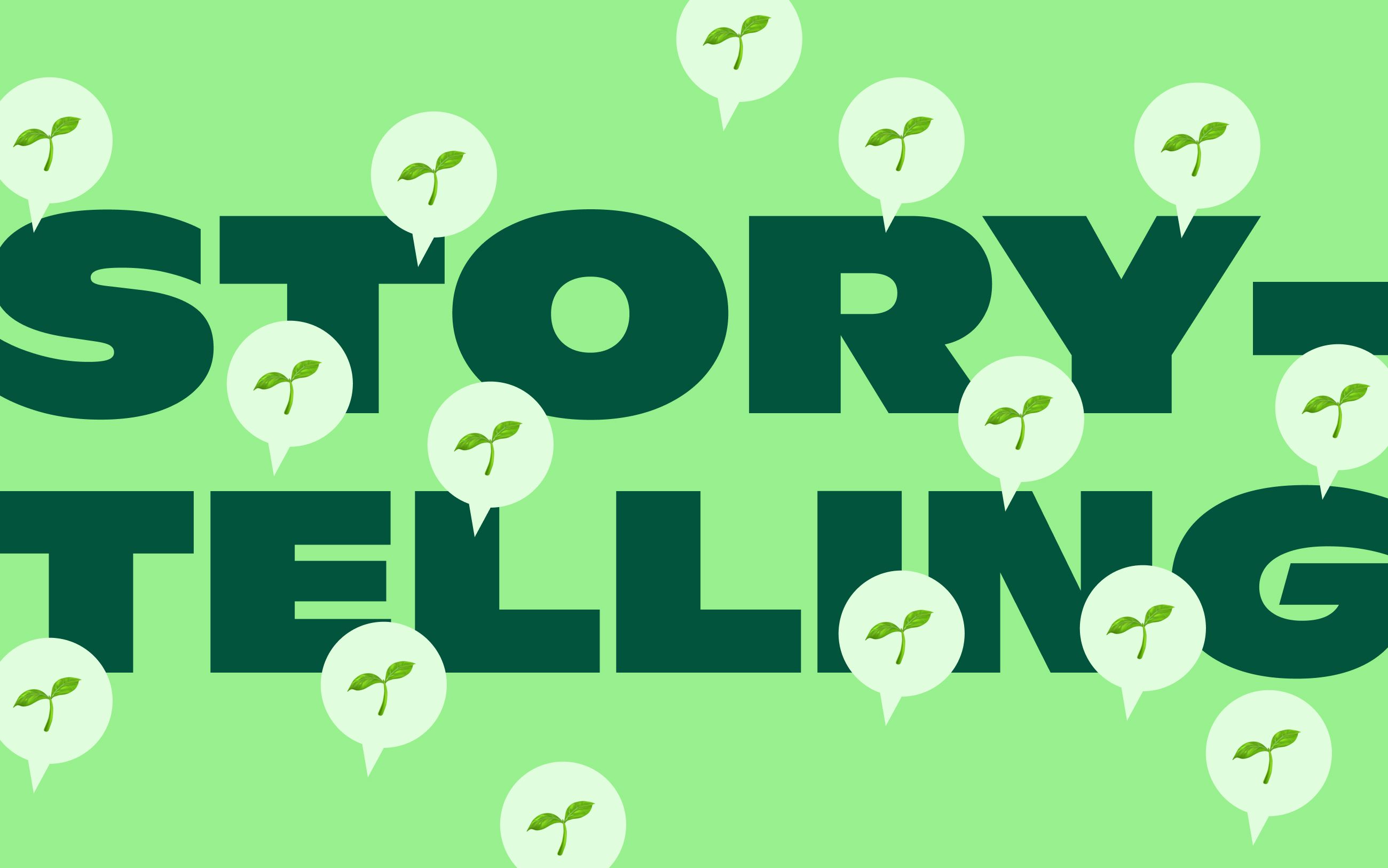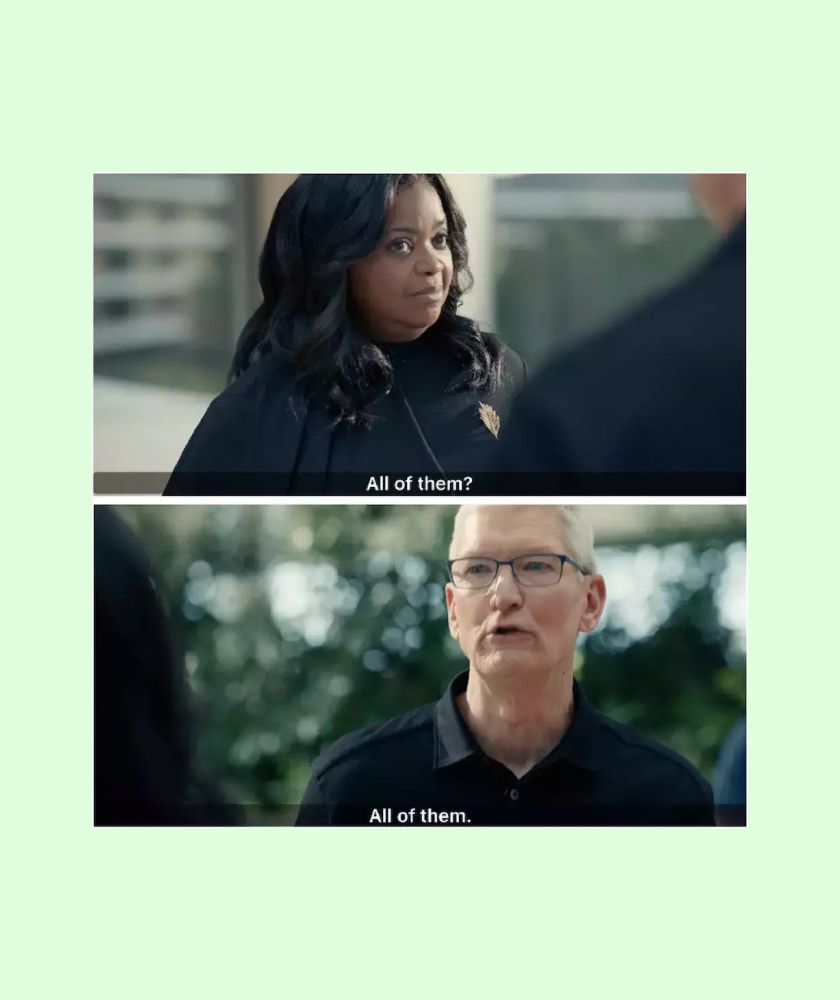Ecological storytelling is a powerful tool for conveying corporate messages and identity. Find out how best to use it

Stories have always had the power to captivate audiences, elicit powerful emotions, and even drive toward purchases. Emotional engagement can lead to greater engagement, more interactions with brand content, and spontaneous initiatives by the audience
Stories are important elements behind establishing a powerful emotional connection between the brand and the audience, which can lead to greater engagement and long-term relationships.
Corporate storytelling is a communication technique that aims to convey a brand-related message conveyed by a narrative, going for the target audience from the point of view of emotions.
Compared with traditional marketing that simply aims to communicate convenience and product properties, storytelling in business aims to create an emotional connection with people through stories so as to engage the viewer to convey products and services.
Ecological storytelling means capturing the attention of the target audience and arousing intense emotions of pleasure, surprise, emotion, and joy so as to forge a strong and lasting bond between the brand and the target audience about its activities that impact the environment.
What is eco-friendly storytelling?
Consumers today have the greatest amount of choice, so they can easily turn to a brand that espouses their social and ecological struggles in order to accrue the belief that they can make a difference with their purchases.
Ecological storytelling is the practice of using stories to raise awareness of ecological issues and prompt people to take action to preserve the planet. Audiences thus become more aware of environmental challenges and the brand's efforts to overcome them.
Sharing triumphs in waste-fighting, ecological goals achieved not as aseptic and impersonal data, but in the form of an intriguing story allows to attract the audience's attention to convey not only information but also brand values and identity, respect for human beings and nature, and the motivations that drive the brand's actions.
The ingredients of ecological storytelling
To create an effective storytelling product, you need a solid and well-established foundation around which to develop the message:
- the vision
- the brand's mission statement
- a strong differentiator from similar competitive products
- the motivation behind the green operations undertaken
In green storytelling strategies, the product is not at the center of the narrative, except as a function of the contribution it can make to environmental battles, to the preservation of nature, and to the well-being of those concerned about the state of the world's health.

Effective storytelling is imbued with imagination, creativity, tenacity, and authentic convictions. The stories the brand tells must be original and perceived as genuine by the audience. Storytelling is closer to an art than a technique, so it must evoke intense emotions in the recipient without giving the impression that it is contrived (although perhaps it is!). By resorting to stories of corporate sustainability and environmental commitment, companies can enhance their reputation and attract consumers interested in their principles.
How to make ecological storytelling content
First, we need to know in great detail the narrative universe we intend to explore.
Do we have to care about the deforestation of the Amazon Rainforest? Then we need to know its history, the dangers facing it, and what results can realistically be achieved with one's input. There is nothing that angers the audience more than broken promises and feelings of being played for a fool!
As in other forms of storytelling, we need to apply the hero's journey model in a context designed to convey the brand's values and mission.
In it, the protagonist follows a path that leads him to an evolution from an initial situation to a mutated one: on his way he will encounter companions, adversities, and trials to overcome that will lead to his mutation.

The script for our content focused on ecological storytelling can be developed around some questions that the brand must answer:
- Why does the company intend to do what it does? E.g. Does it have a long history in environmental advocacy, does it intend to honor a partnership with a charity, etc.?
- What are the ecological project goals? What environmental outcome is to be achieved given customer expectations?
- What are the differences with other brands? E.g., donate a greater share of revenue than competitors to environmental cleanup work
- What are the factors that bring you closer to your audience?
Emotional language will prove to be most important: we will have to use expressions and adjectives aimed at arousing emotions in users, banishing preset formulas and phrases that seem to be born from the head rather than the heart. The use of realistic characters, places and situations can make the story more believable and therefore effective.
A winning example of this strategy is the recent Apple commercial focusing on the company's 2020 goal of achieving zero environmental impact by 2030. In the commercial, Mother Nature (Octavia Spencer) receives updates from Tim Cook and Lisa Jackson about their achievements. The company's green footprint (which has seen an increase in recycled materials, optimization of transportation and logistics) has given a boost to the Apple Watch Series 9, billed as "carbon neutral," which has also impressed Mother Nature! The commercial also features Tim Cook's advertising debut.

The tools of ecological storytelling at our disposal
Writing is not enough: today we are in the age of images, and we can illustrate everything that makes our message unique: the brand's values, the team's commitment, the goals and impact on the environment that we hope to achieve (e.g., reducing a given amount of pollutant emissions, increasing the amount of recycled materials etc.).
Videos are great tools for telling stories that touch the audience's heartstrings. Of course, not every brand can indulge in mind-boggling amounts of money to make real miniature movies, but we should not indulge in discouragement. An engaging idea is within the reach of all budgets, it will then be a matter of realizing it differently based on one's financial means.
Visual content is more effective in stimulating emotional reactions from the audience: the more engaging the content, the greater the chances of reaching a wider audience because of shares.
For example, we can share photos of our team engaged in positive activities for the environment, photos of the area on which we intend to intervene, with human subjects that make it easier to identify with and imagine living the experiences described.
The choice of appropriate images is crucial to convey the brand's ecological message effectively. Targeted images with respect to the concepts you want to convey make it easier to inspire trust and appeal to the emotional side.
Do we want to give voice to brand stories, literally? A corporate podcast is a good tool for conveying a captivating narrative that goes to the listener's emotional chords.
Need a hand in creating stories that will enchant your audience? we-go is ready to help you, contact us now.
